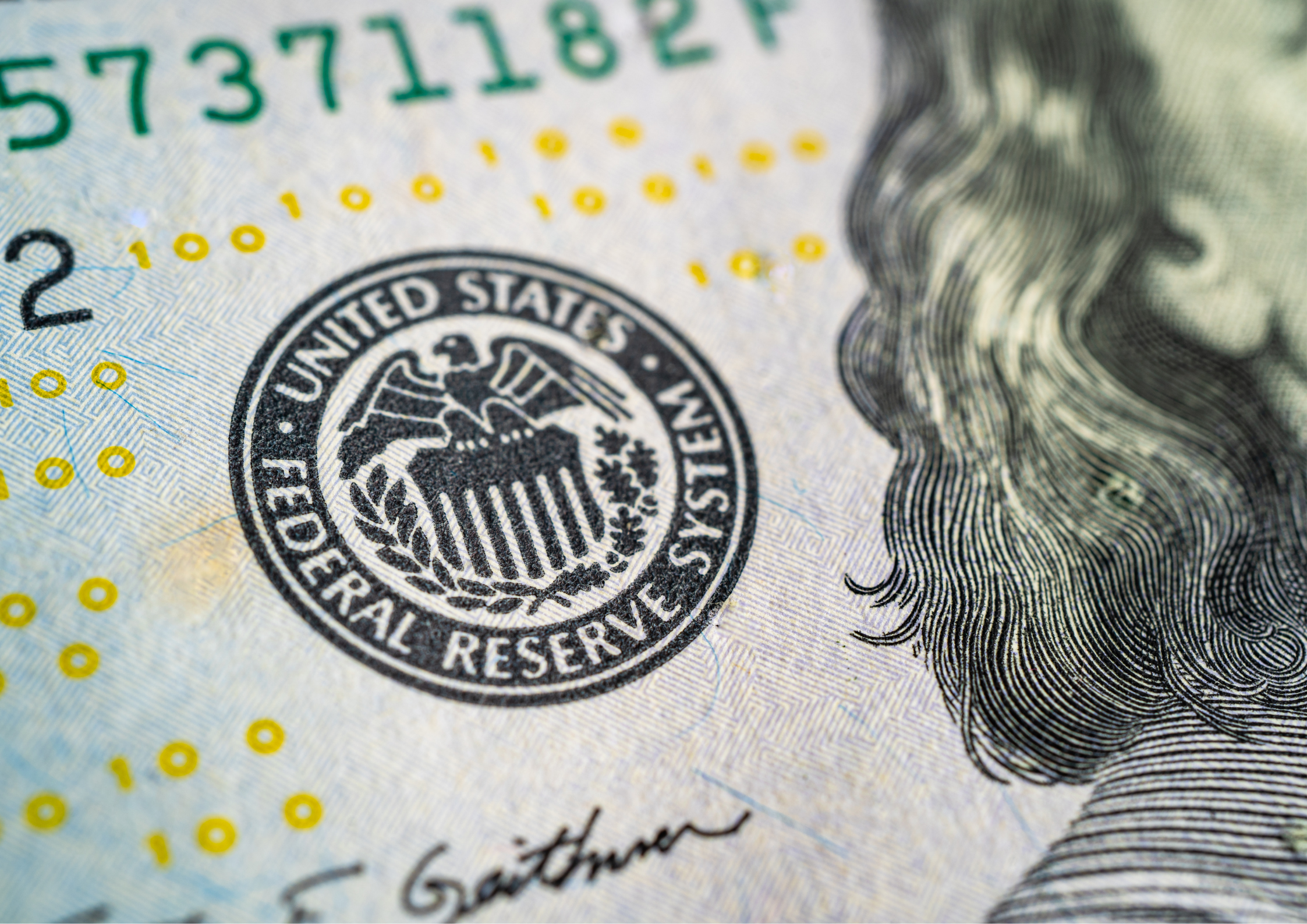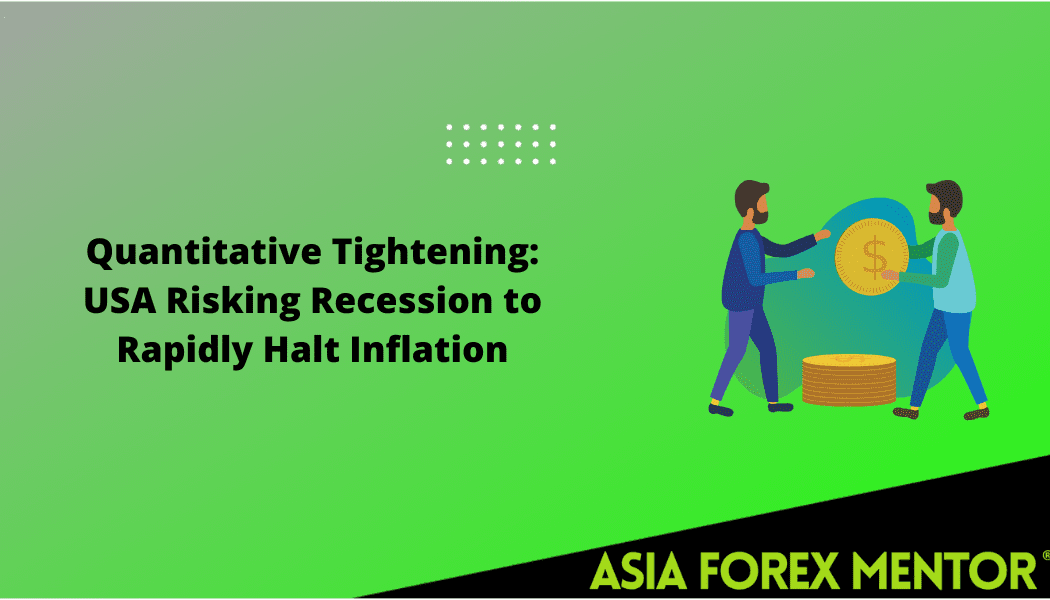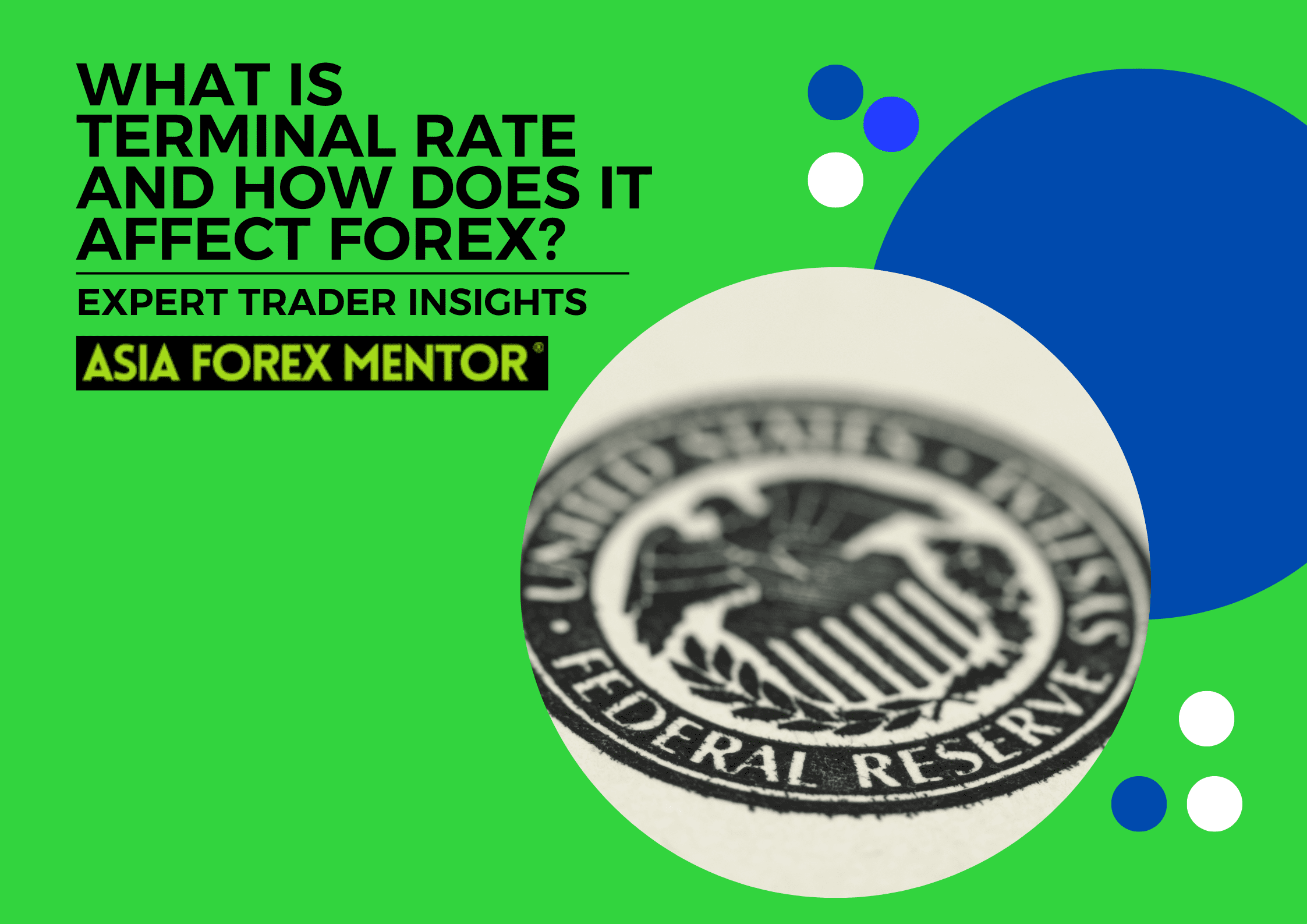
Federal Reserve officials are preparing for a critical moment in their battle against inflation, with May’s personal-consumption expenditures (PCE) price index data set for release on Friday. This data is expected to offer fresh insights into whether the Fed’s strategy is successfully steering inflation towards its 2% annual target, a necessary milestone before any consideration of interest rate cuts.
Anticipation Builds for PCE Data
The Bureau of Economic Analysis will publish the PCE price index at 8:30 a.m. Eastern, as part of its personal income and outlays report. Economists surveyed by FactSet forecast the index to hold steady, after posting consistent monthly gains of 0.3% from February through April. The year-over-year increase is expected to ease slightly to 2.6% in May from 2.7% in April.
For the core PCE index, which strips out food and energy costs, economists predict a modest 0.1% rise for May, maintaining a 2.6% annual increase, down from 2.8% in April.
Tracking the Inflation Battle
The PCE price index, which peaked at over 7% annual growth in 2022, had declined to below 3% by the end of 2023. This year, however, it has largely moved sideways. A downtrend in May would signify a critical victory in the Fed’s ongoing efforts to rein in inflation.
“May’s PCE inflation data should confirm a continued slowdown in the Fed’s preferred inflation measure after a robust first quarter,” noted economists at Citi.
Comparative Measures and Market Implications
This PCE report follows a similar pattern observed in the consumer price index (CPI). The CPI, an alternative measure of inflation, showed a downward trend in early 2024, with May data revealing a flat reading and a slower-than-expected 3.3% year-over-year rise. The core CPI was up 0.2% month-over-month and 3.4% annually.
Fed’s Strategic Calculations
Since July 2023, the Federal Open Market Committee (FOMC) has maintained the federal-funds rate target range at 5.25% to 5.50%. Futures-market data as of Thursday suggested a 66% probability of a quarter-point rate cut at the committee’s September meeting, with expectations of two cuts by the end of the year.
Fed’s Credibility on the Line
As the Fed navigates these challenging economic waters, its credibility is increasingly under scrutiny. With inflation showing signs of persistence, the central bank’s ability to predict and manage economic conditions is being tested. This May PCE data release is not just another economic report; it’s a barometer of the Fed’s efficacy in policy formulation.
“Investors and analysts are closely monitoring the Fed’s actions and the incoming data. The central bank’s credibility hinges on its ability to demonstrate control over inflation,” said Sarah Brown, chief economist at ABC Financial.
As the financial community awaits the PCE data release, the implications for the Fed’s policy decisions loom large. A decisive move in the inflation figures could provide the necessary justification for a policy shift, impacting everything from interest rates to market confidence.
“The upcoming PCE data is pivotal,” said David Lee, a senior strategist at XYZ Investments. “It will either validate the Fed’s current approach or force a re-evaluation of their strategy going forward.”
In this high-stakes environment, the May PCE reading could prove to be a turning point for the Fed’s ongoing battle with inflation, influencing policy decisions and market expectations for the months ahead.










